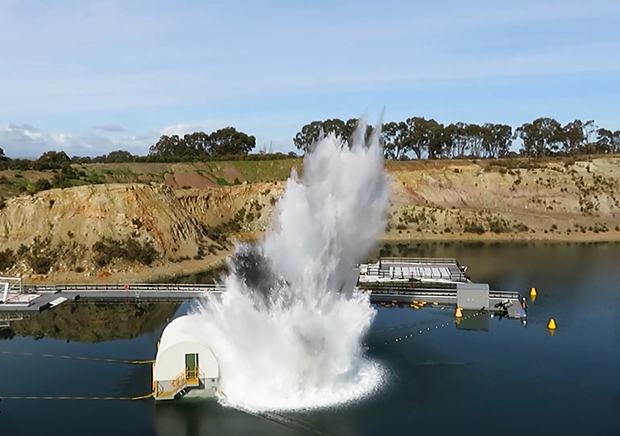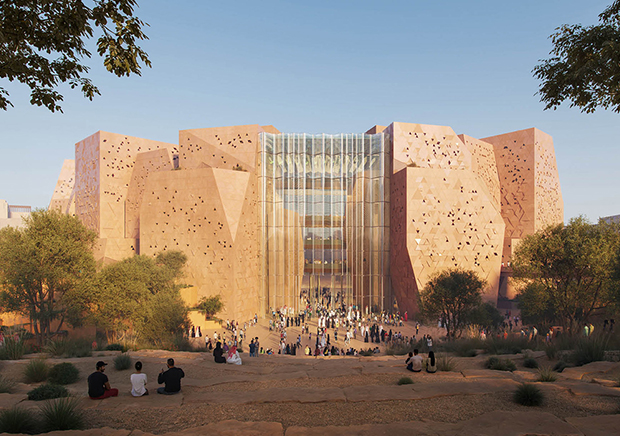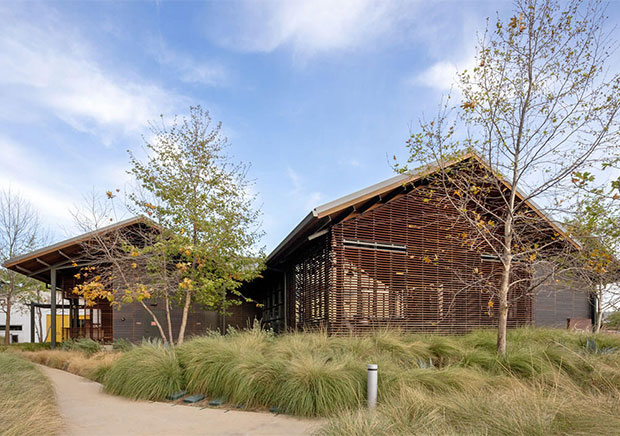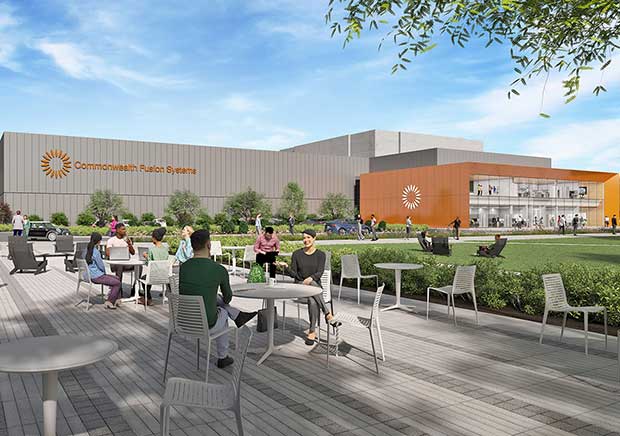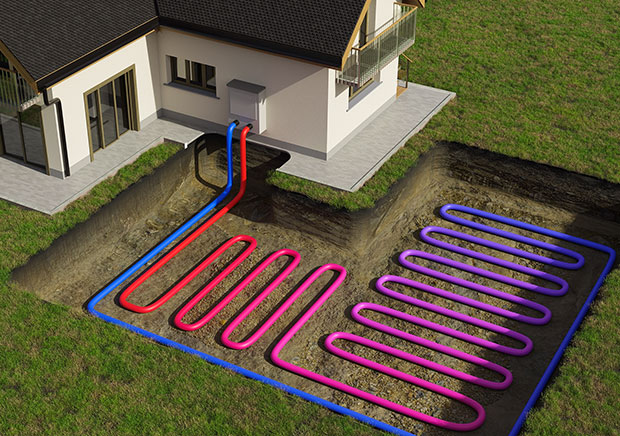
Wave Impact to Battery Fires: Real-World Applications of Computational Fluid Dynamics at Thornton Tomasetti
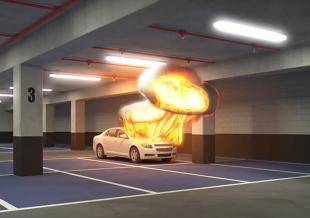 Thornton Tomasetti
Thornton Tomasetti
Key Takeaways
- Wave Simulation for Coastal Resilience - Euan Williamson’s CFD wave model analyzes water-air interactions to optimize sea wall and pier designs, reducing overtopping and enhancing climate-adaptive coastal defenses.
- EV Fire Modeling for Safer Urban Structures - Sarah Swales and Paul Williamson simulate fire spread in enclosed parking structures, helping engineers assess material behavior, fire-induced structural response and improve design safety for EV charging hubs and mixed-use buildings.
- Cross-Practice Innovation Through CFD - The CFD Community of Practice continues to spark ideas that bridge sustainability, digital tools and protective design, advancing solutions for resilient infrastructure, clean mobility and smarter cities.
Thornton Tomasetti's Computational Fluid Dynamics (CFD) experts develop and apply codes based on first principles to simulate low- and high-velocity fluid flows, supporting a range of challenges from wind and wave impact to energy-efficient design and fire behavior prediction.
Our CFD Community of Practice (CoP) – a self-organizing, grassroots network of engineers and digital modelers – grew out of an internal event called the CFD Summit and has become a springboard for innovation across disciplines. The CoP has led to new services such as Bioclimatic Design, developed during the COVID-19 pandemic, and Nuada.CFD, a digital wind tunnel app that helps architects and engineers test wind and pressure conditions on designs before construction begins.
We’re proud to highlight two recent, high-impact simulations created by our CFD CoP.
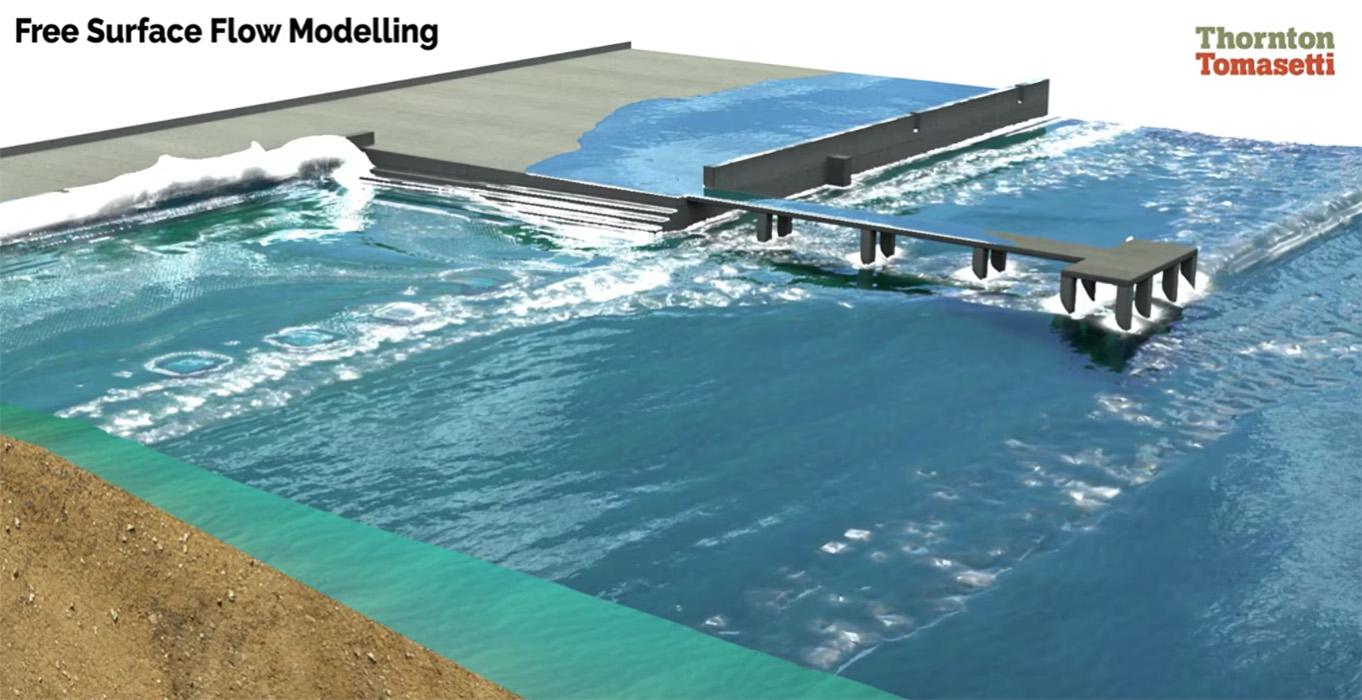
Wave Simulation for Coastal Resilience
Thornton Tomasetti Senior Engineer Euan Williamson developed a wave simulation model that mimics laboratory wave flume testing environments to study the interaction of water and air on coastal infrastructure. The simulation uses a moving wall boundary, or "flapper," to control wave frequency and amplitude, modeling the impact of sea conditions on built structures.
The model leverages a multiphase approach, solving both water and air flows, and provides actionable data such as pressure forces on sea walls, piers and pedestrian walkways.
“We are able to assess how changes in sea wall and coastal defense design can alter the motion of incoming waves and reduce water overtopping into walkways,” Williamson says.
This work directly supports climate-adaptive design, offering tools for developers, cities and coastal engineers to evaluate how future storm surges, king tides and sea level rise might affect their projects.
Beyond coastal applications, the same CFD approach has been used to analyze liquid containment failures from storage tanks, estimating the potential spread of hazardous liquids and their interaction with stormwater systems—a growing environmental concern during extreme weather events.
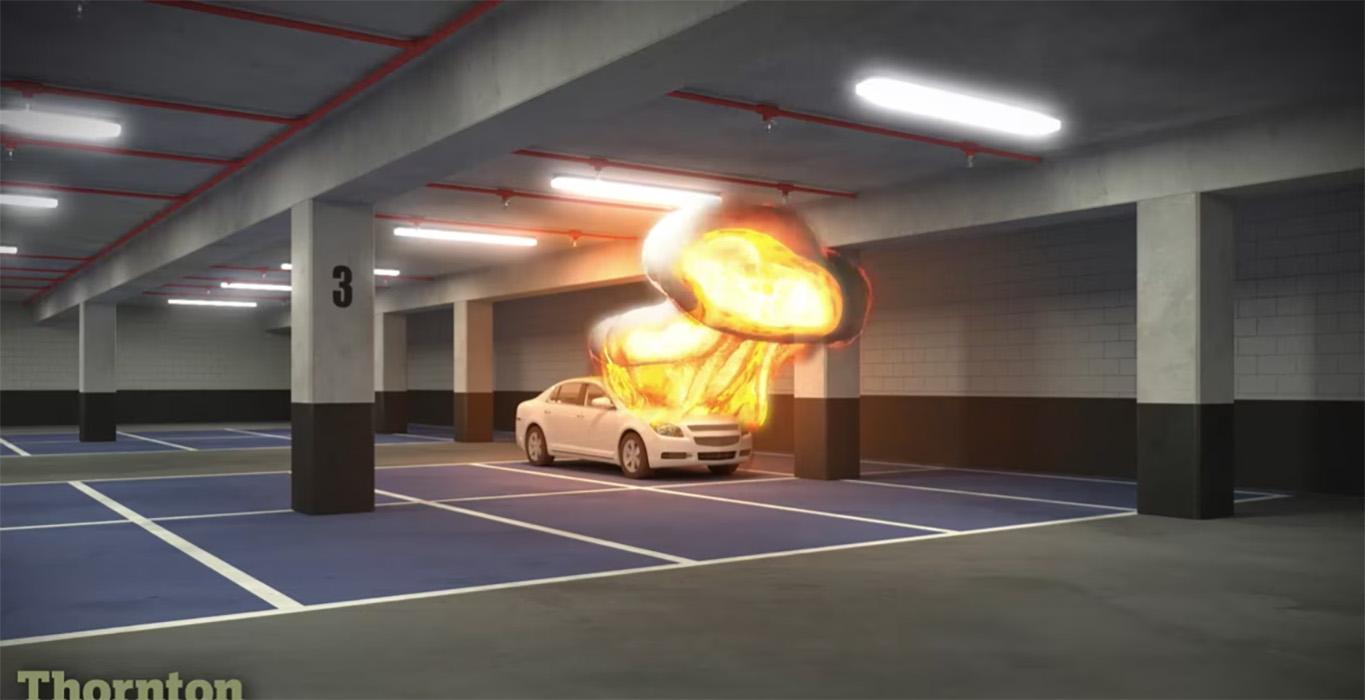
EV Battery Fire Simulation in Urban Structures
Senior Engineer Sarah Swales and Associate Paul Williamson created a CFD-based simulation of a car battery fire in an enclosed parking structure. As EVs become more common, understanding how thermal runaway, radiation and gas dispersion affect nearby materials and structures is crucial for safe building design.
The model explores key questions:
- How should a structure respond to intense localized heat?
- What is the timeline for fire spread between vehicles?
- How do emissions behave in enclosed spaces with limited ventilation?
- What impact does fire have on structural elements like concrete, steel and fireproofing systems?
The simulation can also be extended to other high-risk environments, such as oil and gas rigs, where radiant heat from fires can affect not only nearby structures but also worker safety zones further afield.
These tools allow engineers to simulate risk scenarios and inform design decisions around ventilation design, material selection, compartmentalization and emergency response planning. In the context of urban densification and sustainability, they also support the safe integration of EV infrastructure into existing and new developments.
A Culture of Innovation: CFD at the Center
What sets our CFD practice apart is its collaborative spirit. The Community of Practice fosters technical exchange and creates space for experimentation that leads to real-world solutions and innovations like:
- Bioclimatic Design, which helps architects passively optimize airflow and occupant comfort while reducing energy use.
- Nuada.CFD, a digital wind tunnel tool that enables teams to simulate wind patterns early in the design process, enhancing structural safety and pedestrian comfort.
These tools reflect our belief that CFD is not just a niche capability—it’s a strategic enabler of sustainability, resilience and interdisciplinary performance.
Looking Ahead
As climate events, energy transitions and urbanization trends converge, simulation tools like those developed by our CFD team will become increasingly essential.
From designing flood-resilient waterfronts and optimizing energy performance to preparing for EV-related fire scenarios, computational fluid dynamics empowers teams to make informed, high-performance design decisions earlier in the process.
Interested in how CFD can enhance your next project? Contact our team to learn more about wave simulations, EV fire modeling or digital wind tunnel testing.
Authored By

Euan Williamson
Aberdeen, Scotland, United Kingdom
Euan is a Senior Engineer in our Applied Science practice.

Sarah Swales
Warrington, England, United Kingdom
Sarah is a Senior Engineer in our Applied Science practice.

Paul Williamson
Aberdeen, Scotland, United Kingdom
Paul is an Associate in our Applied Science practice.



